JetZero’s mega-announcement is only the latest in a run of future-forward landings on the Triad’s aerospace runway. Here’s why it matters even beyond the 14,500 jobs and $4.7 billion investment.
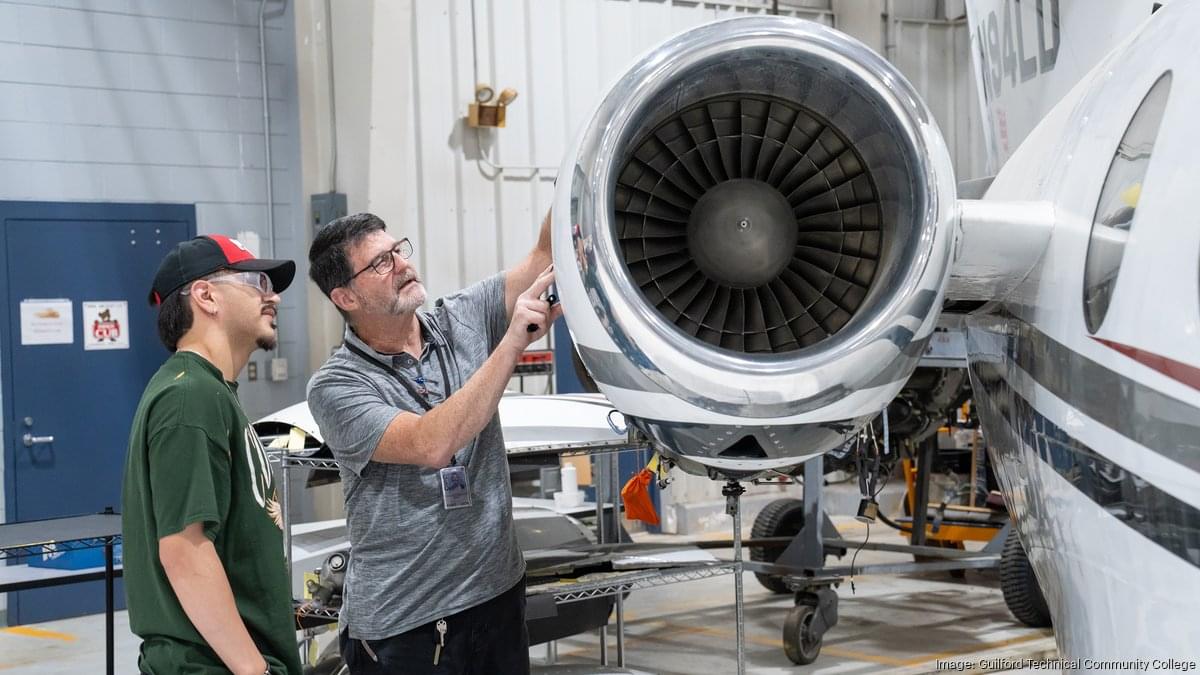

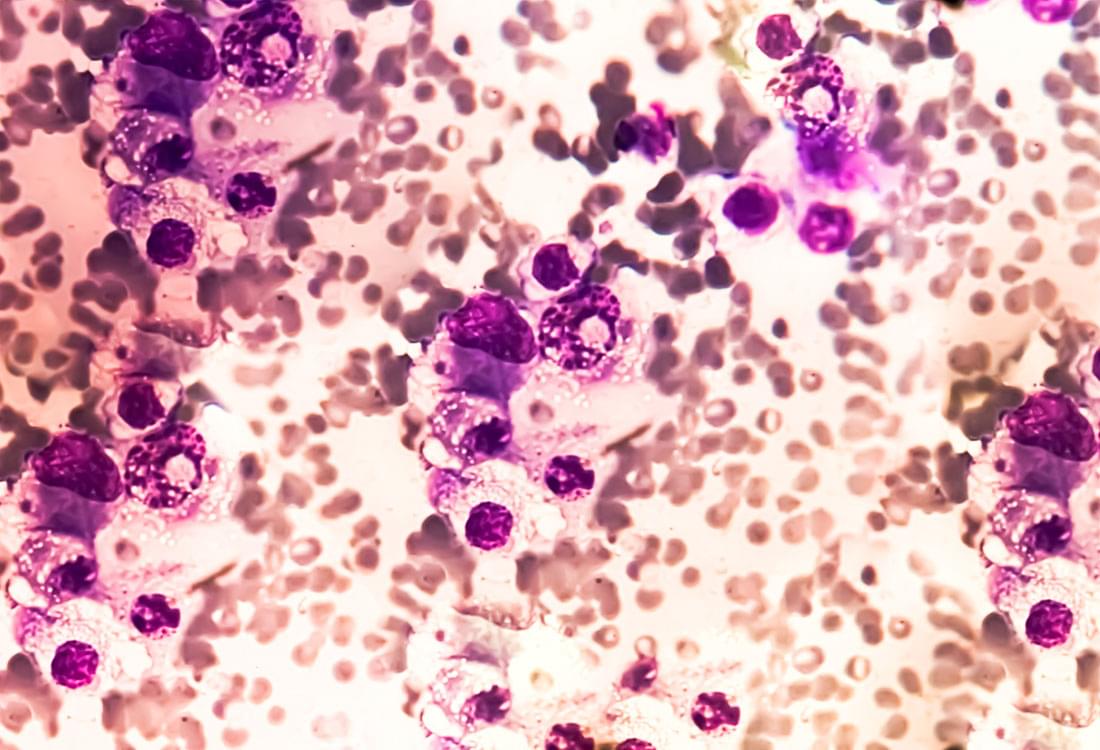
Treatment with an immune and cancer cell-targeting antibody therapy eradicates residual traces of the blood cell cancer multiple myeloma, according to interim results from a clinical trial conducted by researchers at Sylvester Comprehensive Cancer Center, part of University of Miami Miller School of Medicine.
None of the 18 patients who completed up to six cycles of treatment with the antibody linvoseltamab had detectable disease on highly sensitive tests. This preliminary success suggests linvoseltamab, a bispecific antibody, could allow patients to avoid bone marrow transplants, which involve intense, high-potency chemotherapy. It also points to the long-term possibility of improving patients’ odds against this disease.
Lead researcher Dickran Kazandjian, M.D., a Sylvester physician and professor in the Myeloma Division at the Miller School, presented updated results today at the American Society of Hematology meeting in Orlando. Dr. Kazandjian conducted the research in collaboration with C. Ola Landgren, M.D., Ph.D., director of Sylvester Myeloma Institute.
“These patients received modern and effective, up-front treatment that eliminated 90% of their tumor,” said Dr. Kazandjian. “Usually, patients like these would receive high-dose chemotherapy and transplant. Instead, we give them a treatment with the drug linvoseltamab.”
Sylvester Comprehensive Cancer Center researchers are investigating ways to eradicate residual traces of multiple myeloma.
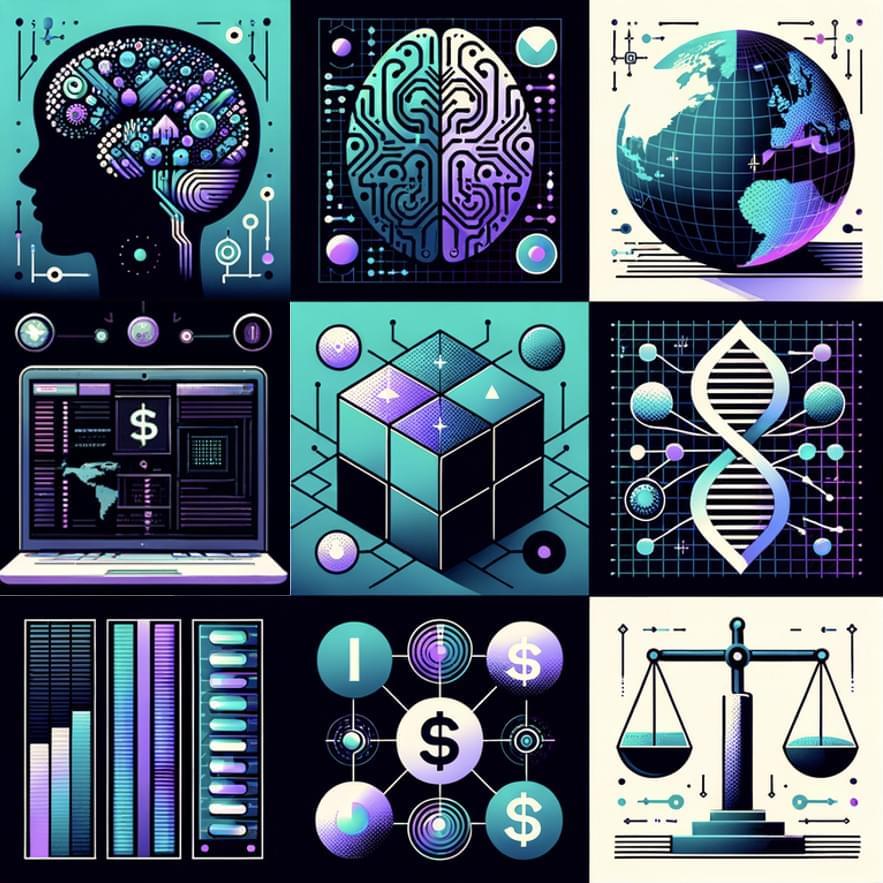
After years of fast expansion and billion-dollar bets, 2026 may mark the moment artificial intelligence confronts its actual utility. In their predictions for the next year, Stanford faculty across computer science, medicine, law, and economics converge on a striking theme: The era of AI evangelism is giving way to an era of AI evaluation. Whether it’s standardized benchmarks for legal reasoning, real-time dashboards tracking labor displacement, or clinical frameworks for vetting the flood of medical AI startups, the coming year demands rigor over hype. The question is no longer “Can AI do this?” but “How well, at what cost, and for whom?”
Learn more about what Stanford HAI faculty expect in the new year.
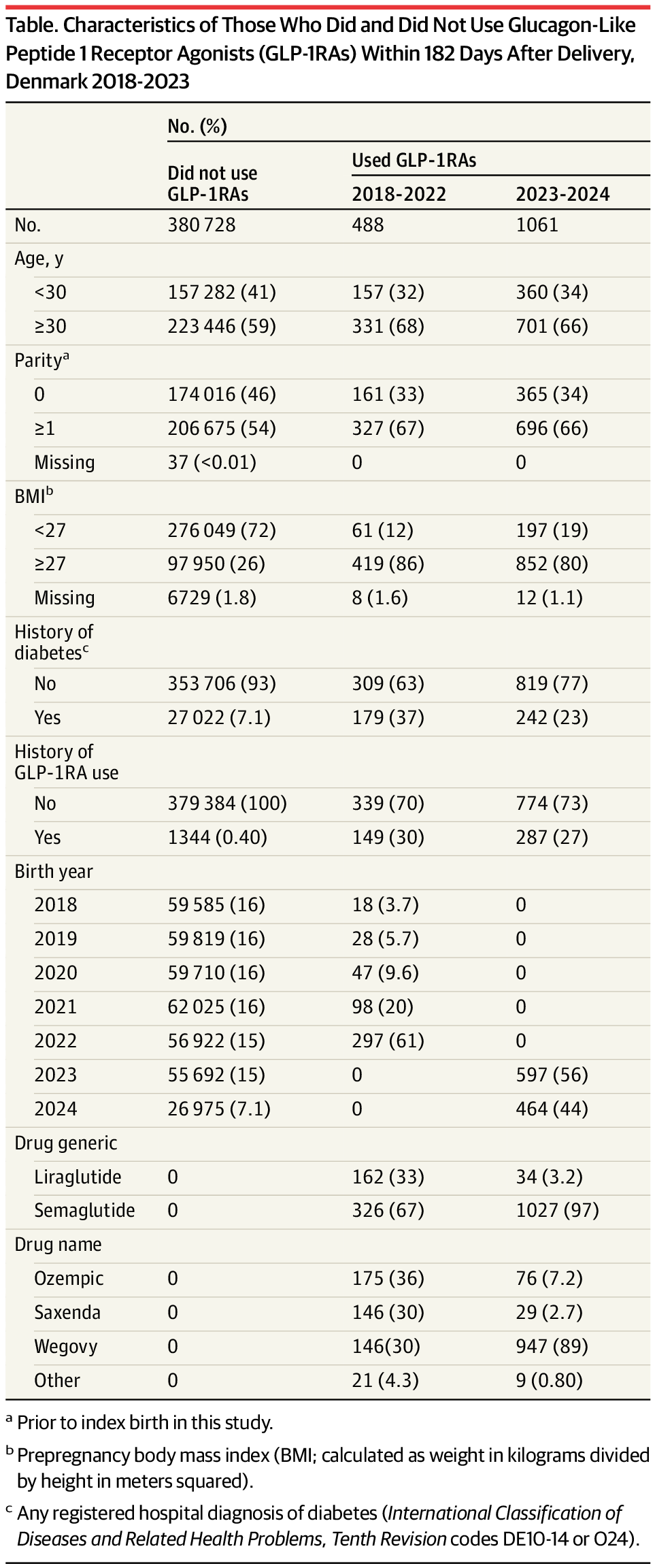
Postpartum prescription of GLP-1RAs in Denmark increased between 2018 and 2024, with semaglutide accounting for most prescriptions since 2023.
Most users had overweight or obesity, and only 23% had a diabetes diagnosis, suggesting weight reduction as the main reason for use.
This study uses data from the Danish Medical Birth Register to examine postpartum use of glucagon-like peptide 1 receptor agonists.
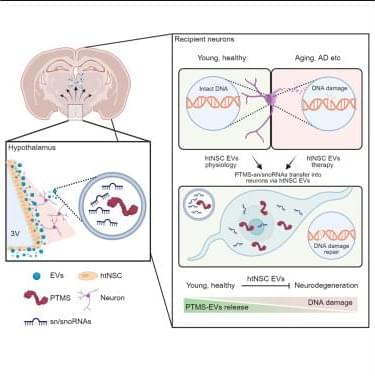
Jung, Yu, Choi et al. reveal a critical neuroprotective role of PTMS, while loss of this protein causes severe neurodegeneration. Hypothalamic neural stem cell-derived extracellular vesicles carrying PTMS protect neurons by preventing DNA damage and offer therapeutic benefits against aging-related neurodegenerative and Alzheimer’s-like conditions in animal models.

The prevalence of prediabetes has increased significantly in recent years among Finnish children living with overweight or obesity, a recent study by Tampere University and the University of Eastern Finland shows. In the early 2000s, 11% of those studied had prediabetes, whereas 20 years later, the prevalence of prediabetes was 50%. The prevalence of obesity remained unchanged during the study period, but prediabetes became more common among children, which could, in part, be due to a simultaneous increase in maternal overweight.
The study, published in the International Journal of Obesity, included 602 children aged 6 to 16 who had been assessed for overweight or obesity in primary health care or specialized health care in Tampere between 2002 and 2020. The study also included a control group of 483 children aged 7–16, which had been drawn from the Physical Activity and Nutrition in Children (PANIC) study, underway at the University of Eastern Finland.
According to the study, 34% of children who had been assessed for overweight or obesity had prediabetes, and 1% had type 2 diabetes. In the control group, 7% had prediabetes, while type 2 diabetes was not observed. Prediabetes was more common in older children and those in more advanced stages of puberty. Its prevalence was also associated with fatty liver disease and acanthosis nigricans, a skin condition often linked to overweight and disturbances in glucose metabolism.

A research team affiliated with UNIST has introduced a technology that generates electricity from raindrops striking rooftops, offering a self-powered approach to automated drainage control and flood warning during heavy rainfall.
Led by Professor Young-Bin Park of the Department of Mechanical Engineering at UNIST, the team developed a droplet-based electricity generator (DEG) using carbon fiber-reinforced polymer (CFRP). This device, called the superhydrophobic fiber-reinforced polymer (S-FRP-DEG), converts the impact of falling rain into electrical signals capable of operating stormwater management systems without an external power source. The findings are published in Advanced Functional Materials.
CFRP composites are lightweight, yet durable, and are used in a variety of applications, such as aerospace and construction because of their strength and resistance to corrosion. Such characteristics make it well suited for long-term outdoor installation on rooftops and other exposed urban structures.

From work meetings to first dates, it’s essential to adjust our behavior for success. In certain situations, it can even be a matter of life or death. So how do we switch our behavior when situations change? Published in Nature Communications, neuroscientists describe the neural basis of behavioral flexibility in mice, with insights which may help us understand a wide variety of diseases and disorders, from addiction to obsessive compulsive disorder (OCD) to Parkinson’s disease.
“The brain mechanisms behind changing behaviors have remained elusive, because adapting to a given scenario is very neurologically complex. It requires interconnected activity across multiple areas of the brain,” explains a co-author. “Previous work has indicated that cholinergic interneurons—brain cells that release a neurotransmitter called acetylcholine—are involved in enabling behavioral flexibility. Here, we were able to use advanced imaging techniques to see neurotransmitter release in real time and delve into the fundamental mechanisms behind behavioral flexibility”
In their investigations, the researchers trained mice in a virtual maze, teaching them the correct route to receive a reward. They then switched the route, leading to an unexpected loss of reward for the mice, and observed the effects of this disappointing change using two-photon microscopy.

Optical computing has emerged as a powerful approach for high-speed and energy-efficient information processing. Diffractive optical networks, in particular, enable large-scale parallel computation through the use of passive structured phase masks and the propagation of light. However, one major challenge remains: systems trained in model-based simulations often fail to perform optimally in real experimental settings, where misalignments, noise, and model inaccuracies are difficult to capture.
In a new paper published in Light: Science & Applications, researchers at the University of California, Los Angeles (UCLA) introduce a model-free in situ training framework for diffractive optical processors, driven by proximal policy optimization (PPO), a reinforcement learning algorithm known for stability and sample efficiency. Rather than rely on a digital twin or the knowledge of an approximate physical model, the system learns directly from real optical measurements, optimizing its diffractive features on the hardware itself.
“Instead of trying to simulate complex optical behavior perfectly, we allow the device to learn from experience or experiments,” said Aydogan Ozcan, Chancellor’s Professor of Electrical and Computer Engineering at UCLA and the corresponding author of the study. “PPO makes this in situ process fast, stable, and scalable to realistic experimental conditions.”

Researchers at the University of California, Los Angeles (UCLA) have developed an optical computing framework that performs large-scale nonlinear computations using linear materials.
Reported in eLight, the study demonstrates that diffractive optical processors—thin, passive material structures composed of phase-only layers—can compute numerous nonlinear functions simultaneously, executed rapidly at extreme parallelism and spatial density, bound by the diffraction limit of light.
Nonlinear operations underpin nearly all modern information-processing tasks, from machine learning and pattern recognition to general-purpose computing. Yet, implementing such operations optically has remained a challenge, as most nonlinear optical effects are weak, power-hungry, or slow.